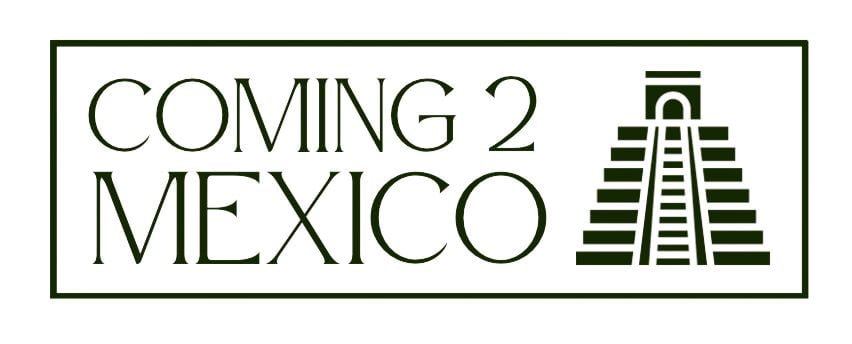Contents
- Discovering the History and Ancient Customs Surrounding Día de la Candelária
- What Is el Día de la Candelária?
- When Is Día de la Candelária?
- How is Día de la Candelária Celebrated today?
- Religious Traditions of Día de la Candelária
- Interesting Places to Celebrate Dia de la Candelaria in Mexico
- The Strange Connection Between Dia de la Candelaria and Groundhog Day?
Discovering the History and Ancient Customs Surrounding Día de la Candelária
If you were invited to a party to celebrate Three Kings Day (Dia de los Reyes) with friends or co-workers you should feel quite honored. If your piece of the Rosca de Reyes was the one with the baby Jesus hidden in it, you are in for a big surprise! It’s your turn to host the party for Día de la Candelária and tamales are on the menu!
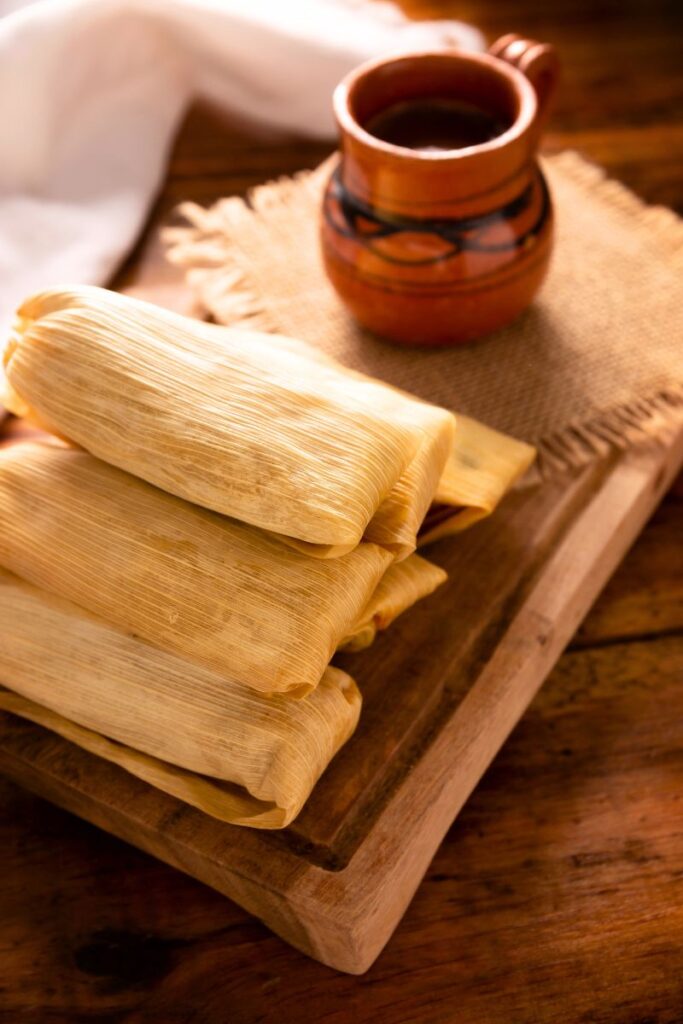
While Día de la Candelária has strong ties to ancient Catholic traditions, it is ingrained in modern Mexican culture and celebrated in households across Mexico regardless of religion. It’s not unusual to be a part of more than one Rosca party which just ups your chances of finding the baby Jesus figurine one of your slices of the cake!
But Día de la Candelária is more than just a feast with delicious tamales! Let’s find out more about this festive time. What is the history, the religious significance and how it is celebrated throughout Mexico today?
What Is el Día de la Candelária?
Día de la Candelária, celebrated every year on February 2nd, is a deeply-rooted tradition in Mexico, intertwining the Catholic faith with pre-Hispanic culture. While this festival is celebrated in Catholic churches worldwide, the Mexican observance of Candelária is unique and enriched by customs and traditions that are distinctly Mexican.
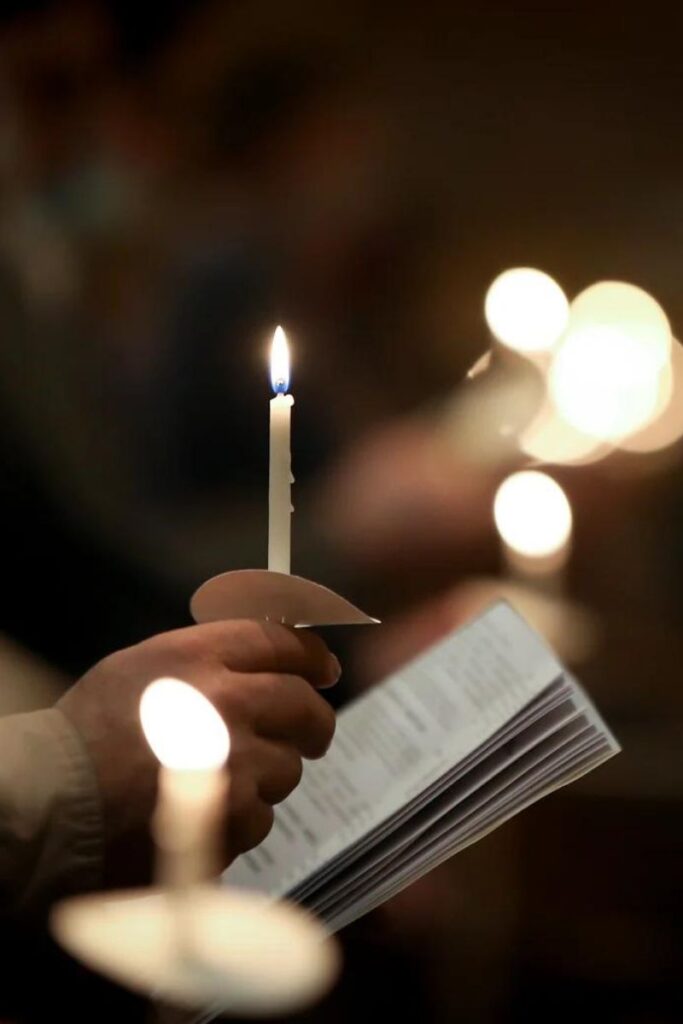
The Mexican celebrations surrounding Día de la Candelária not only reflect the country’s rich Catholic heritage but also incorporate elements from the pre-Hispanic era, long before the advent of Christianity in the Americas.
This deeply revered religious holiday is known by various names, including the Feast of the Presentation of Jesus Christ, Feast of the Holy Encounter and Feast of the Purification of the Virgin. In Mexico, it is simply known as el Día de la Candelária.
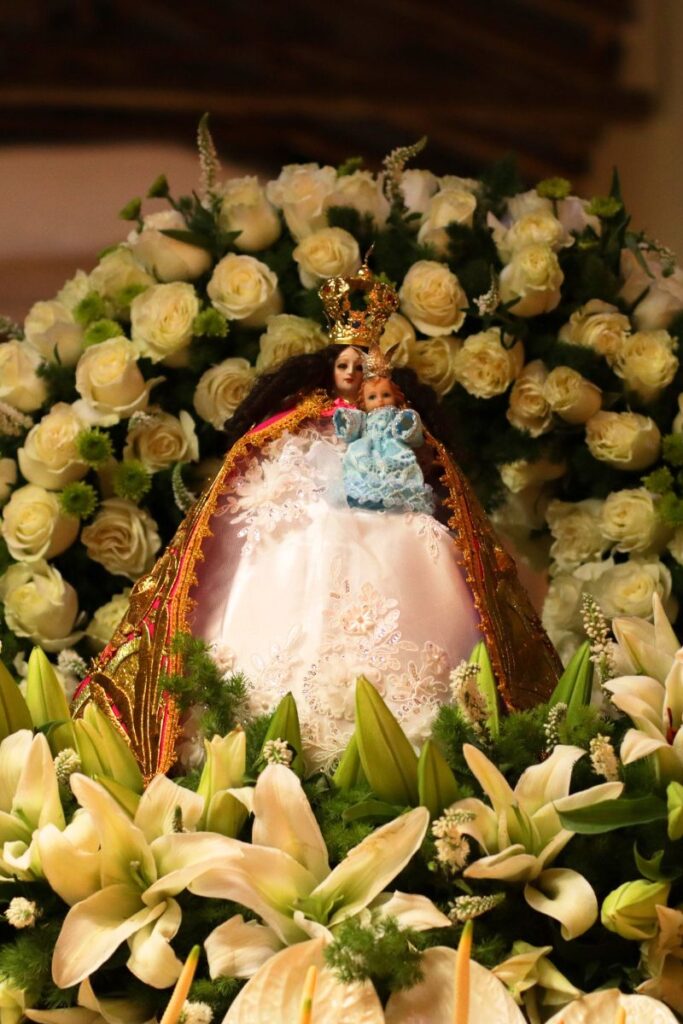
In the New Testament, Luke 2:22-39 recalls the day that Mary brought the baby Jesus to the Temple in Jerusalem for the first time. The Feast of the Presentation of Jesus Christ commemorates this holy event. The feast is one of the oldest celebrations in Christianity, an observance dating back to at least the fourth century in ancient Jerusalem.
Others regard this day as the Feast of Purification of the Blessed Virgin Mary since traditions of the time considered a woman “unpure” until 40 days after childbirth. On this day, churches would be adorned with white candles, representing the purity of the Virgin Mary. The candles also represent Jesus as he is “The Light of the World.”
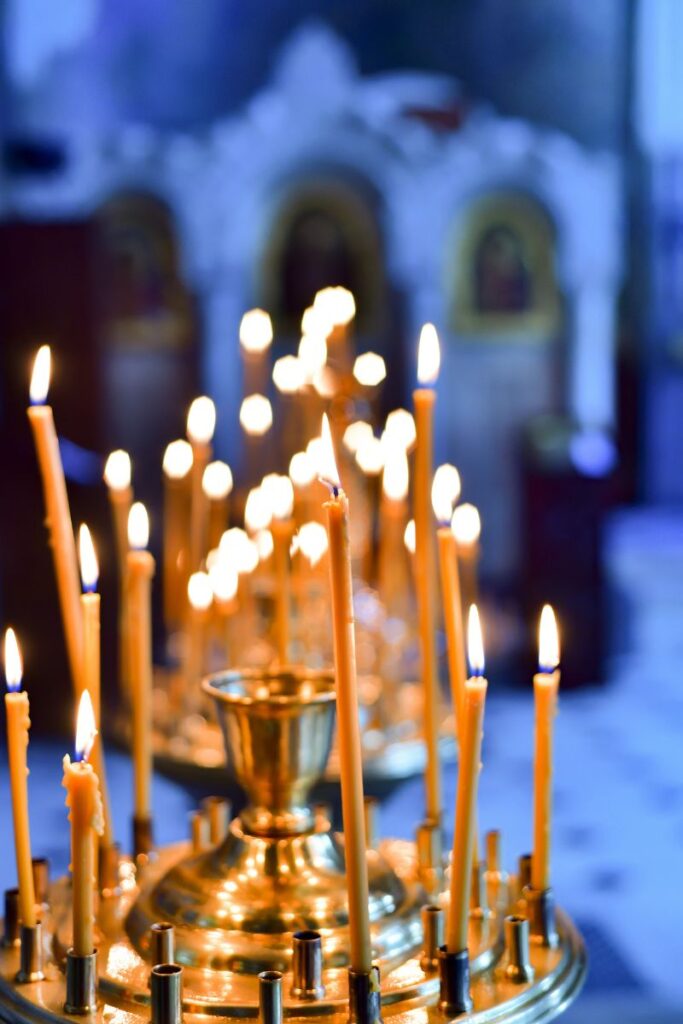
Candles evolved as an important symbol of the purification of the Virgin Mary giving rise to the name Candlemas or Dia de la Candelaria (Day of the Candles). Many Catholic families will bring candles to their church on this day to be blessed.
When Is Día de la Candelária?
Día de la Candelária is observed on February 2, exactly 40 days after Christmas. According to historians, early Jewish law decreed that women were forbidden from entering the temple for 40 days after giving birth. A new mother would have to wait 40 days before bringing her newborn child to the temple to be blessed.

If we accept December 25 as the date of the birth of Jesus (Christmas), then his presentation in the Temple of Jerusalem would have taken place on February 2nd, 40 days after his birth.
In the Roman Catholic Church, the day of the Epiphany is January 6. This is the day the Three Wise Men found the Christ Child and he was revealed as the Son of God. This date generally marks the end of the Christmas season.
However, since certain Three King’s Day traditions later tie into Candelaria festivities, some people consider the latter to be the true end of the winter holidays. In fact, tradition says that family manger scenes should not be put away until Candlemas Day, which is the last feast of the Christmas cycle.
How is Día de la Candelária Celebrated today?
Dia de la Candelaria is an integral part of the Christmas traditions in Mexico. Unlike Christmas Day, Dia de la Candelaria is not an official holiday in Mexico so there’s no day off. Occassionally, the holiday coincides with Día de la Constitución (Constitution Day) which is observed on the first Monday in February. When this happens everyone is happy to receive the day off and enjoy the tamalada with family and friends.
Typically, there are special Mass services held to commemorate the feast day. Those will strong Catholic beliefs are likely to visit their local church to have candles blessed. At home, families may host a special dinner that usually involves traditional holiday foods.
In Mexico, this feast traditionally features tamales and an ancient corn-based beverage called atole. The importance of tamales on Candelaria along with the ancient beverage atole comes from the importance of maize to the indigenous Pre-Hispanic population.
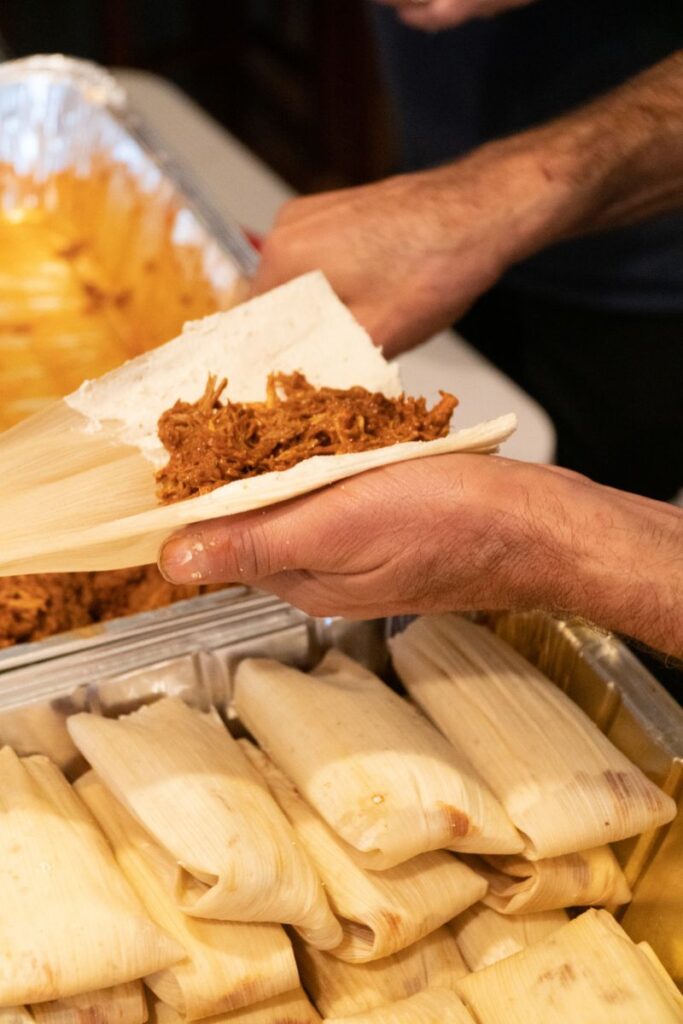
Religious Traditions of Día de la Candelária
Candelaria festivities actually begin a month earlier with Día de Reyes (Three Kings Day) on January 6th. On this highly anticipated day, Mexican children receive gifts brought by Los Reyes Magos and festivities generally revolve around the preparation and sharing of the Rosca de Reyes.
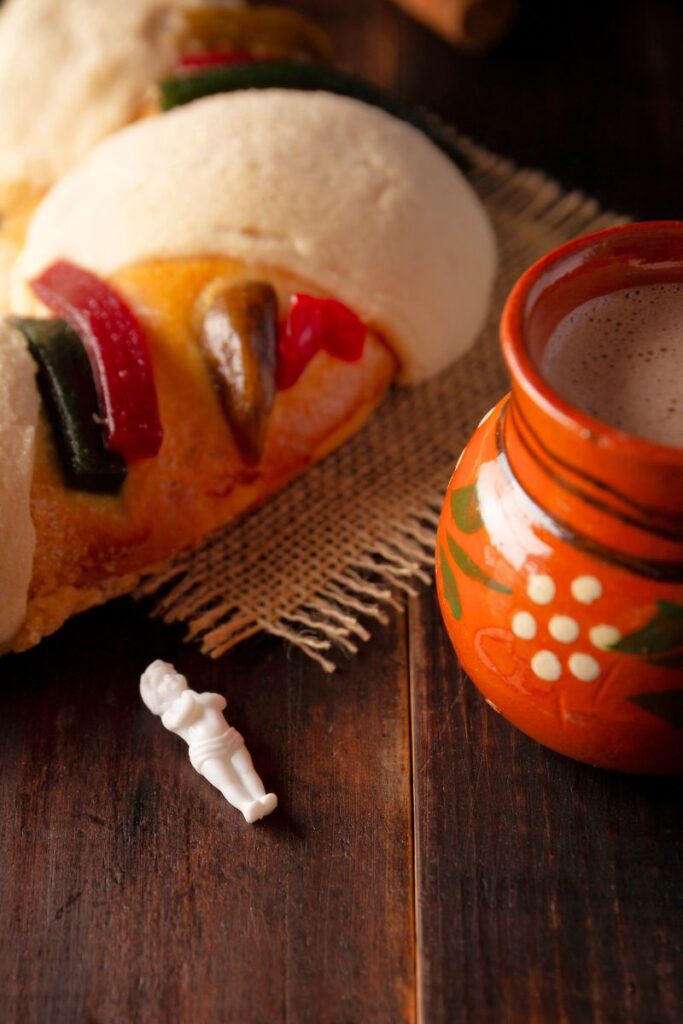
This round sweet bread, adorned with sugar and candied fruits will have a small figurine of baby Jesus baked into the dessert. This is meant to represent the Christ child hidden from the Roman soldiers. The person who finds the baby Jesus figurine in their slice of Rosca is charged with hosting a tamalada, the customary Candelária party on February 2 and providing the tamales for everyone!
In Catholic countries, in very devout households, is common for families to have a Niño Dios, a baby Jesus doll representing the Christ Child. During the Christmas holiday season, the Niño Dios makes its first appearance when he is placed in the manger in the nativity scene on Nochebuena (Christmas Eve).
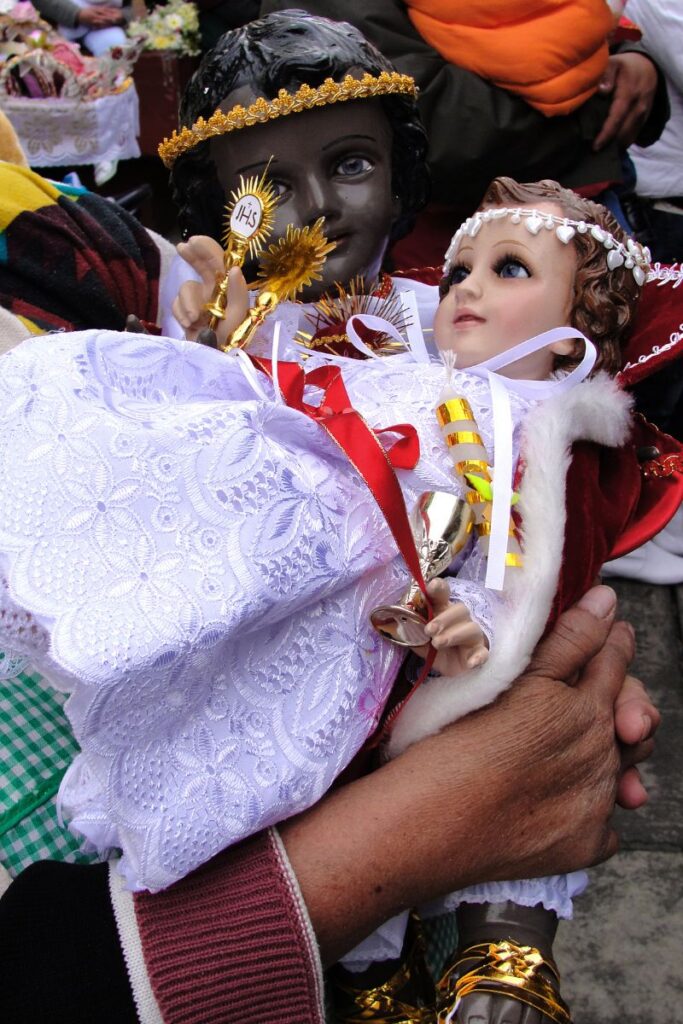
On the 12th Night of Christmas, Día de los Reyes, the doll will be presented with gifts representing the gifts brought by the Three Wise Men. The Niño Dios is then brought from the manger by his appointed Godparents, dressed and delivered to Mass on Dia de la Candelaria, just as Jesus himself was believed to have been presented.
There are very specific rules about how the Niño Dios may be dressed. If you are honored with the job of Godparent, be sure to do your homework.
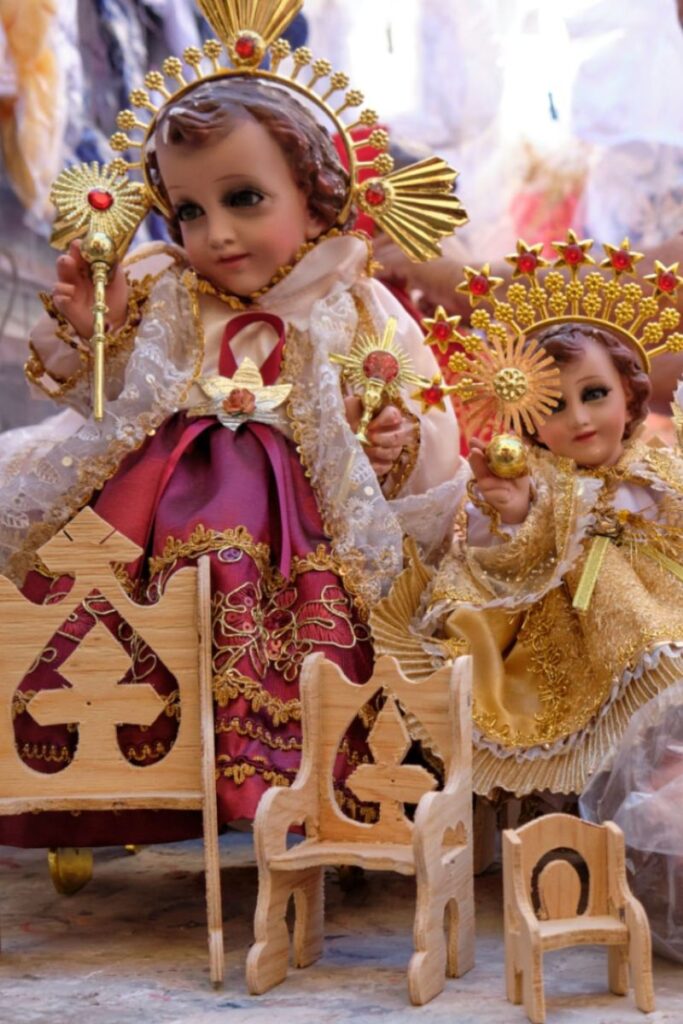
While this practice is now predominantly practiced in the Roman Catholic church, the historical origins lie in the ancient Jewish tradition of presenting children to the temple.
Interesting Places to Celebrate Dia de la Candelaria in Mexico
If you would like to explore the regions of Mexico where the Día de la Candelária is widely celebrated, there are three destinations to consider.
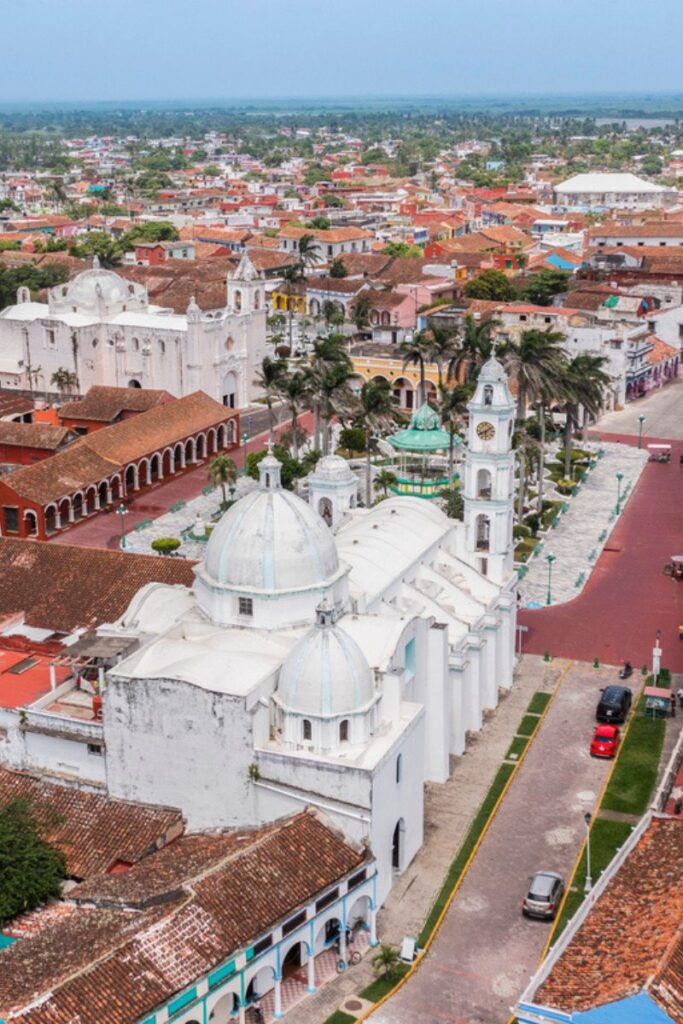
In Mexico, some of the most notable Candelária festivities take place in the town of Tlacotalpan in the state of Veracruz. The Feast of the Virgin of Candelaria involves religious celebrations that extend over a week, the “Fiesta de la Candelaria” featuring local cuisine and the traditional running of the bulls through the streets of the city. This is not for the soft-hearted so if you have any feelings at all for these sentient beings, you will want to give this celebration a pass.
In the state of Jalisco, the celebration of Dia de la Candelaria in San Juan de los Lagos dates back to 1870 and is one of the most important religious festivities in the country. Here, the Candelaría is an exciting city-wide event. Over 2 million pilgrims from across the country and abroad descend on the city every year for a week-long celebration which begins at the end of January.

A Caravan of Faith, made up of contingents from different states across the country arrives before Dia de la Candelaria. Over the next few days, the Basilica will celebrate special Mass services beginning at 4:30 AM so that all the people who arrive have a chance to worship the image of the Virgin of Candelaria.
In Mexico City head to a small neighborhood called La Candelária nestled in the southern part of Coyocan. While not as famous as Frida Kahlo’s Blue House and Diego Rivera’s museum, La Candelaria is considered one of the most traditional neighborhoods in all of Coyoacan and one of the best places to watch traditional Candelaria celebrations.

Visitors can also enjoy the Feria de Tamal. This festival offers the chance to try tamales from all over Mexico, both sweet and savory as well as different kinds of traditional Mexican drinks like atole, hot chocolate and champurada.
The Strange Connection Between Dia de la Candelaria and Groundhog Day?
Dia de la Candelaria is celebrated in other countries around the world as Candlemas Day, with each culture adding its unique traditions. While the feast day is most often attributed to Christianity, some traditions have fascinating ancient pagan connections.
The date of February 2 marks the mid-point between the winter solstice and the spring equinox. This was considered the ideal time to prepare the fields for sowing. Since ancient times, February 2 was thought to be a marker or predictor of the weather to come.
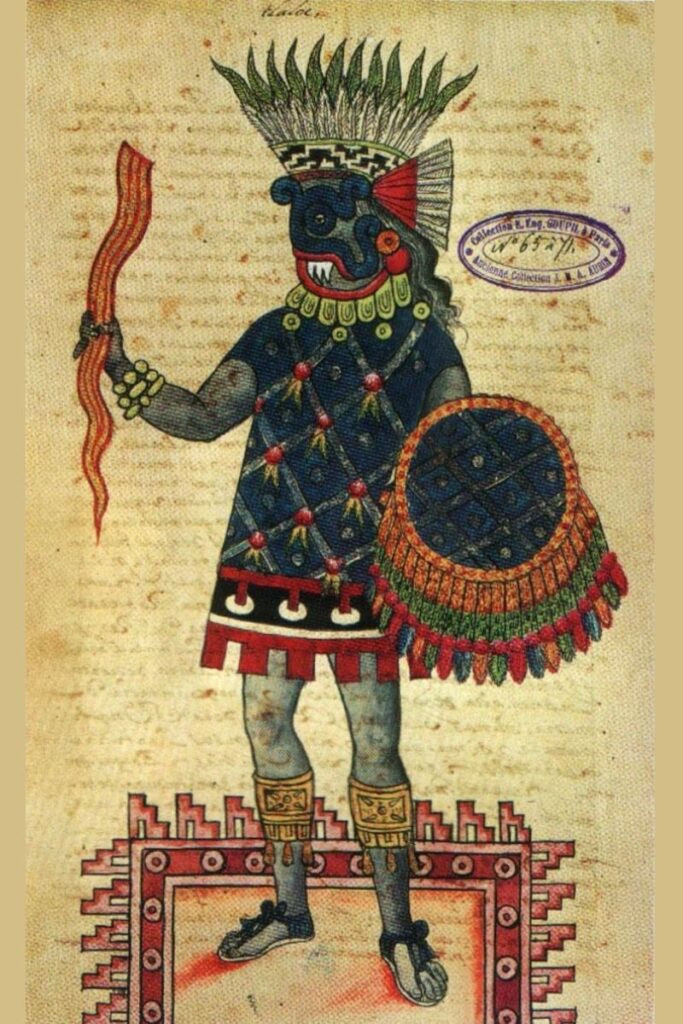
The ancient Aztecs would honor the God Tláloc (rain) and his wife Chalchihuitlicue (ground waters) at the onset of the fertile season. There is evidence that this date in the Aztec calendar was dedicated to asking the Gods for rain and a bountiful harvest in the coming year.
Corn has always been a symbolic plant in Mexico. It is considered a “life-giving element” and was an essential part of the gifts offered to the deities at the beginning of the planting season.
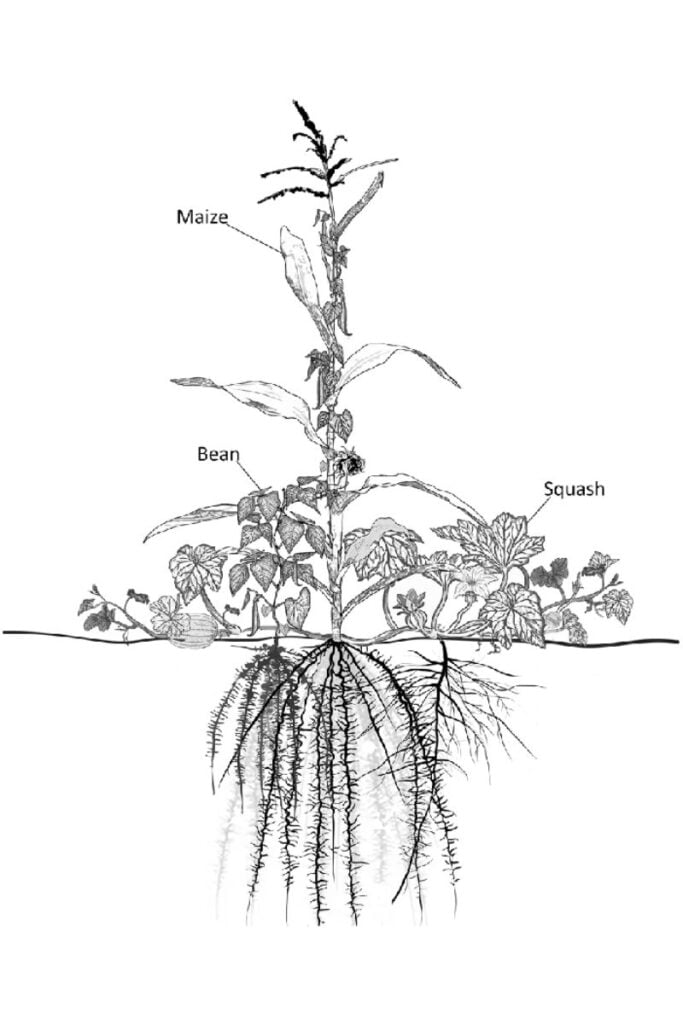
A tamal is a preparation of corn that is purely Mesoamerican. There is no translation into English or any other modern language. Its gastronomic roots are pre-Hispanic or pre-Colombian, which means it was here way before the Spanish came to the Americas.
The consumption of tamales today goes hand in hand with these ancient agricultural rituals. Over time, this observance evolved into the tamalada, the preparation of tamales for social gatherings after church on February 2nd. Accompanying the tamales there will be various traditional Mexican drinks like hot chocolate, cafe de la olla or atole, an ancient corn-based beverage.
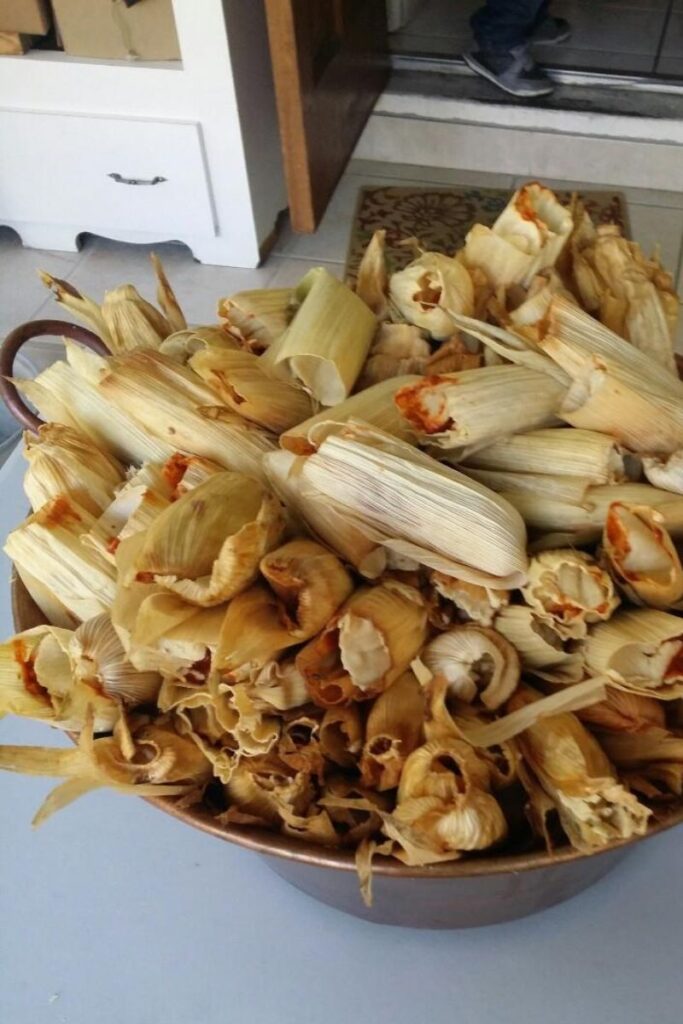
The date of February 2 is also significant because it aligns with the pagan holiday of Imbolc. This is a Celtic celebration also commonly called Candlemas. In Celtic tradition, Imbolc symbolizes the halfway point between the winter solstice (Yule) and the spring equinox (Ostara). The word imbolc means “in the belly of the Mother,” referring to the seeds of spring that are beginning to stir in the belly of Mother Earth.
The Germans also had a tradition of marking Candlemas which they called Dachstag (Badger Day). According to German lore, on this day, if a badger emerged from its den on a sunny day, he would be frightened by his shadow and return to the safety of his den, signaling four more weeks of winter. If the day was cloudy and the badger remained outside, this was a marker of the end of the winter season and fair weather in the weeks ahead.

The earliest mention of Groundhog Day in the United States is in a diary entry dated February 2, 1840. The observance of Groundhog Day in the United States first occurred in communities in Pennsylvania by German immigrants who carried the tradition of Dachtag with them when they left their home country.
As you can see, since ancient times, Candlemas Day was thought to be an important predictor of the weather to come which is why it is also celebrated as Groundhog Day in the United States.
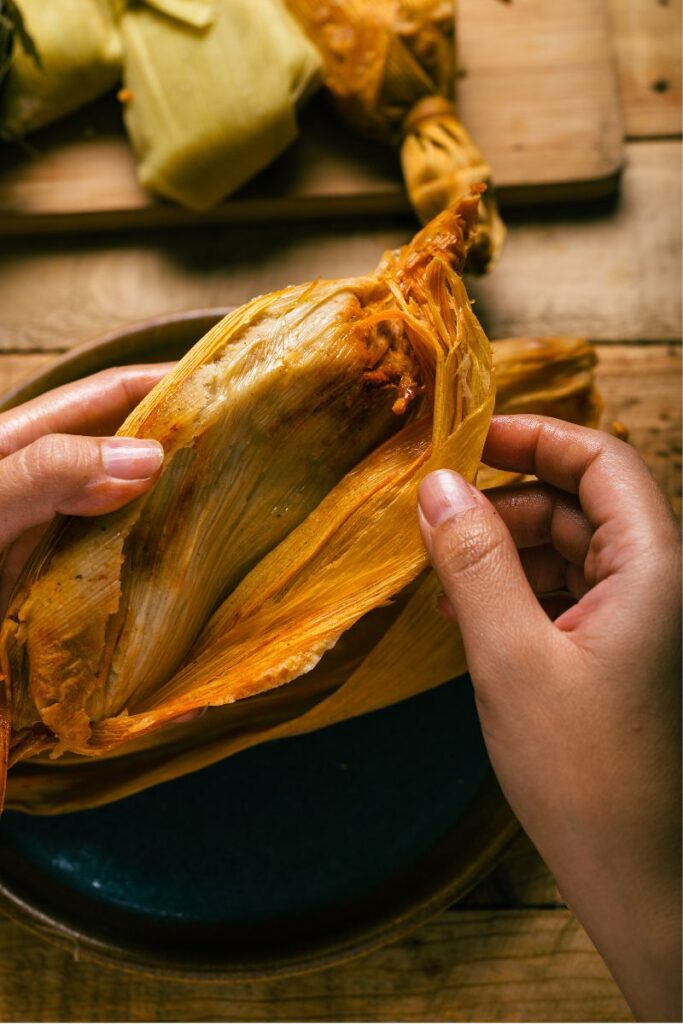
Día de la Candelária traditions are a clear example of how pre-Hispanic and Colonial elements have merged in Mexico, creating a celebration with its own identity. This syncretism is a fundamental part of Mexican culture and one of the aspects that makes this country so interesting.
If you were “lucky” enough to find the baby Jesus in your slice of rosca this year, you are now part of an ancient and exciting Mexican tradition. Now it’s time to learn to make the tamales!
